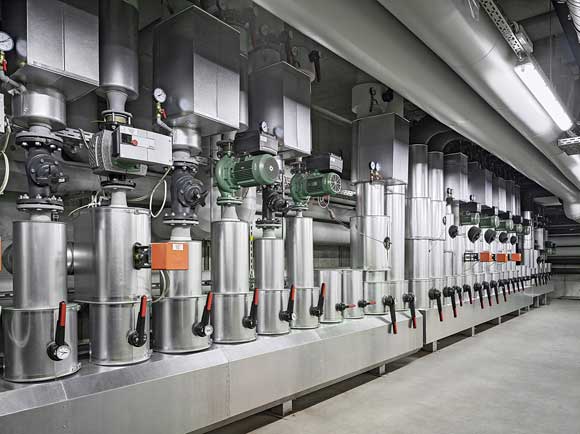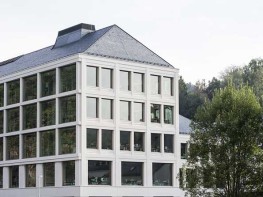On my daily commute between Lausanne and Geneva on the train, I pass by a number of major building sites as well as numerous recently completed business parks either side of the railway line. These developments are a reflection of the health of the regional economy as a whole. Companies such as Chiquita, Nissan, Salesforce.com and Computer Associates are just some of the multinationals who have recently established a base in the region.
Although the big watch and movement manufacturing facilities are mainly grouped around the Geneva suburbs of Plan-les-Ouates and Meyrin, as well as the valleys of La Chaux-de-Fonds and the Vallée de Joux, there are also a number of watch brands spread across the region between Geneva and Lausanne, such as Hysek, Rebellion and Speake-Marin. By far the biggest presence, however, is Hublot, whose well-signed black building is clearly visible from the motorway. Hublot doubled the size of its footprint in Nyon last week with the official inauguration of the Hublot 2 building, which will allow the brand to double production of its Unico in-house movement. It also provides an opportunity to consider the state of the art in watch manufacturing premises.

Completed in under two years, the new building, which cost 20 million Swiss francs, sets new standards in terms of sustainability. Photovoltaic cells will provide renewable energy and charging terminals are available in the car park for those who – like me – have an electric or plug-in hybrid vehicle. But the building’s energy efficiency as a whole also exceeds the SIA 380/1 standard of the Swiss Engineers and Architects Society by 20 per cent.
A. Lange & Söhne faced an altogether different challenge with its new building, which was opened last month by Germany’s chancellor Angela Merkel in Glashütte. The brand had hitherto been producing some of the world’s most exquisite timepieces in less than ideal conditions in its historic factory. That now changes after the inauguration of a new 5,400 square metre facility on the other side of the road. Completed in around three years (which is no mean feat considering that the only road through Glashütte had one of its carriageways closed during part of the construction), the new building features large windows that are slightly inclined to provide optimum light for the watchmakers. The façade also has a double skin that incorporates a climate control function, with the result that even during this year’s extremely hot summer the workshops had an agreeable working environment. For the winter months, heating will come from 55 geothermal heat exchangers that have been drilled down to a depth of 125 metres.

But the building frenzy doesn’t stop there. On the outskirts of Geneva in Plan-les-Ouates, Piaget’s extension is slowly taking shape and Patek Philippe is set to lay the foundation stone for an extension to their premises on 15th October. Expect more innovative architecture in the coming months.










